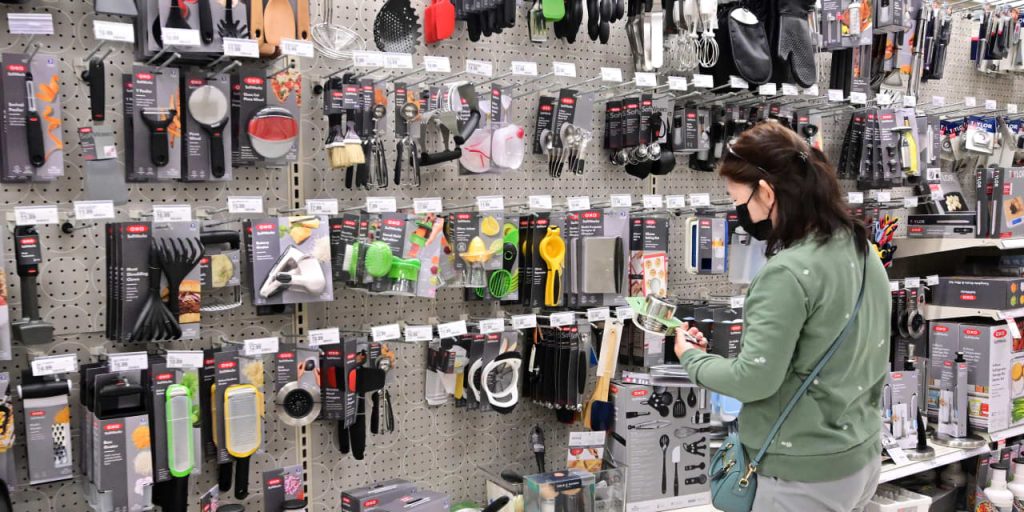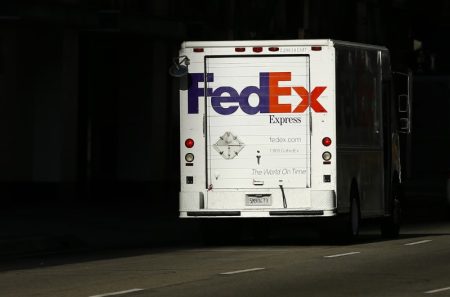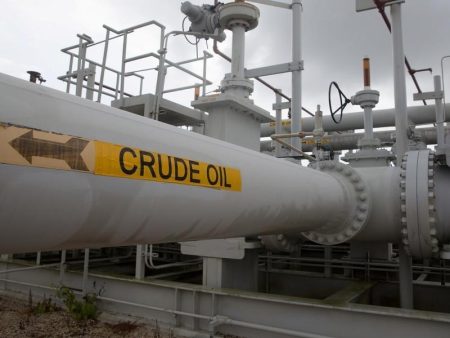First came widespread predictions of a recession. Then a wave of forecasts called for a big slowdown in the economy. Now the question is, should we expect the economy to slow at all in 2024?
There’s good reason not to, some economists say.
Start with the labor market: Most Americans who want a job have one, unemployment and layoffs remain near historic lows, and incomes are finally rising faster than inflation again.
As long as people are working, the thinking goes, they will keep spending — and that will keep the economy out of recession. Consumer spending drives about 70% of the U.S. economy.
Indeed, there’s little reason for businesses to lay off workers if sales remain strong, especially since labor is so hard to find. Why lay off a worker only to hire them back a short time later?
“More jobs, more paychecks, more spending power means the economy will continue to expand,” said Robert Frick, corporate economist at Navy Federal Credit Union.
Frick has been one of the few economists in the past year to push the view that the U.S. would keep expanding and avoid a recession despite the rising interest rates orchestrated by the Federal Reserve to tame inflation.
Sure enough, that’s what has happened.
Gross domestic product, the official scorecard for the economy, actually accelerated in the second half of 2023.
GDP surged at a 4.9% pace in the third quarter — one of biggest growth spurts in a decade — and expanded at a robust 3.3% pace in the fourth quarter.
Hardly anyone forecast such rosy numbers.
“This year has been like Rock ’Em Sock ’Em Robots, and the economy is knocking the blocks off the economists, always outperforming,” quipped Dan North, U.S. economist at Allianz North America.
North is one of the legion of economists who had thought the economy would tip into a recession following the Fed’s rate hikes.
Wells Fargo was also in the recession camp. And now? It also sees a so-called soft landing.
A soft landing refers to a situation in which the Fed raises interest rates just enough to tame rising inflation, but not so much that it causes a recession. The central bank has pulled off such a feat only once or twice in its history.
“Unless there is more marked weakness in the labor market, then yes, the U.S. economy is likely to continue to move on a positive path,” said Sam Bullard, senior economist at Wells Fargo.
Frick thinks Wall Street
DJIA
economists are still too cautious.
“Everything is still looking pretty good,” he said. “I don’t even know that a ‘soft landing’ is in the discussion.”
The likelihood of Fed rate cuts later this year, he and others say, will add more fuel to the economy.
But that’s also what worries other economists.
If the economy keeps growing and the Fed cuts rates, they say, it could lead to even faster economic growth.
More demand for labor, goods and services, in turn, could put upward pressure on inflation and delay the Fed from achieving its goal of getting the annual rate of inflation back down to 2%.
Right now inflation is around 3%.
“If the economy is growing 2.5%-plus today and you start to cut rates, just how fast are we going to grow?” asked Eugenio Aleman, chief economist at Raymond James.
Aleman acknowledged that economists have repeatedly been wrong and said they could be wrong again. The pandemic, he noted, has thrown off all the usual economic relationships that experts have come to rely on.
“It’s not easy being an economist in these circumstances,” he said with a laugh.
Read the full article here







